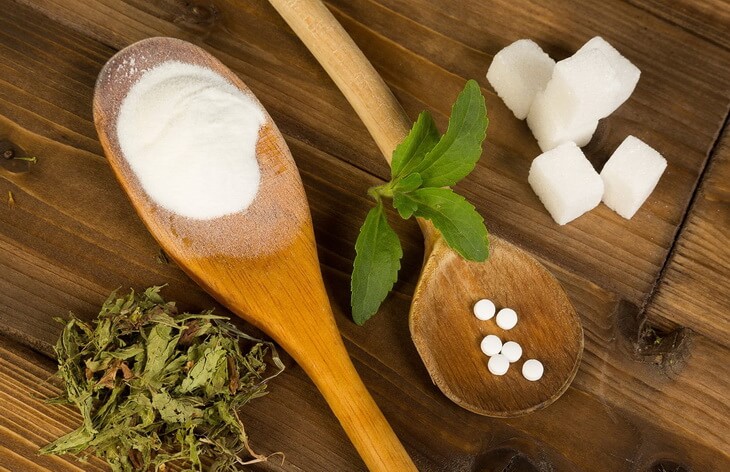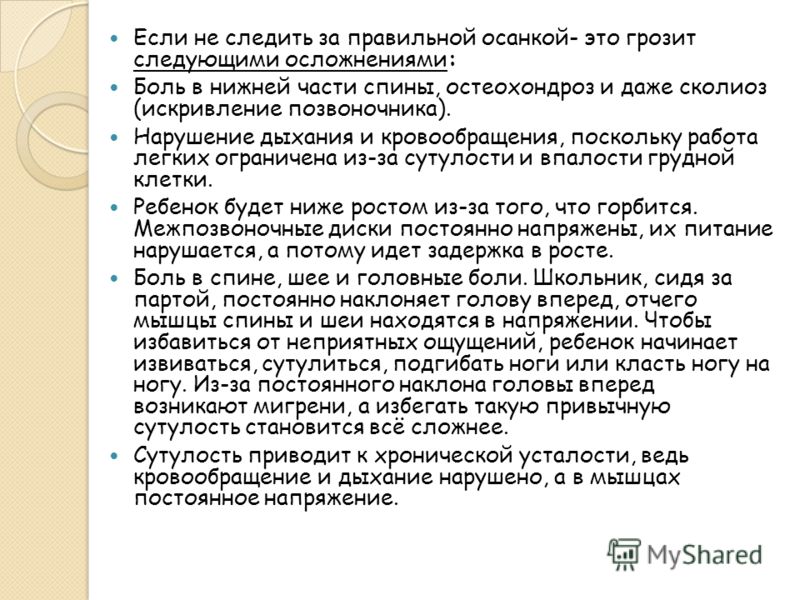Stevia: benefits and harms to the body
The Sevia plant (lat. Stevia) has been used for more than one and a half thousand years by a group of Guarani Indian peoples in South America (Brazil and Paraguay), who called stevia "ka'a he'ê", which means "sweet grass". These native South Americans love to use this non-caloric natural sweetener, adding it to yerba mate tea, using it as a remedy, and using it as a sweet ().
In these South American countries, Stevia has also been used as a traditional remedy for burns, stomach problems, colic, and even used as a contraceptive.
There are approximately 200 types of stevia in South America. Stevia is an herbaceous plant that belongs to the Asteraceae family, so it is related to ragweed, chrysanthemums, and marigolds. Stevia honey ( Stevia rebaudiana) is the most valuable variety of stevia.
In 1931, chemists M. Bridel and R. Laviel isolated two glycosides that make stevia leaves sweet: stevioside and rebaudioside. Stevioside is sweet but also has a bitter aftertaste that many complain about when using stevia, while rebaudioside is better tasting, sweet and less bitter.
Most unprocessed and less processed stevia-based sweeteners contain both sweeteners, while most highly processed forms of stevia, such as Truvia, contain only rebaudioside, the sweetest part of the stevia leaf. Rebiana or rebaudioside A found safe Food and Drug Administration (FDA) and is used as an artificial sweetener in foods and drinks ().
Researchers have proven that using the whole stevia leaf, which also contains stevioside, has some health benefits. However, using certain brands of stevia that have been processed and contain certain additives is not a good or health-friendly option.
Composition of stevia
Stevia contains eight glycosides. These are sweet ingredients derived from stevia leaves. These glycosides include:
- stevioside
- rebaudiosides A, C, D, E and F
- steviolbioside
- dulcoside A
Stevioside and rebaudioside A are found in the highest amounts in stevia.
The term "stevia" will be used to refer to steviol glycosides and rebaudioside A throughout this article.
They are extracted by collecting the leaves, then drying, extracting with water and purifying. Unrefined stevia often has a bitter taste and an unpleasant odor until it is bleached or bleached. To obtain stevia extract, it goes through 40 stages of purification.
Stevia leaves contain stevioside at a concentration of up to about 18%.
Benefits of stevia for the body
At the time of this writing, there have been 477 studies evaluating stevia's health benefits and possible side effects, and the number is constantly increasing. The plant itself has medicinal properties that can not only prevent the development of diseases, but also treat some of them.
1. Anti-cancer effect

In 2012 in the magazine Nutrition and Cancer An important study was published that for the first time linked stevia consumption to a reduction in breast cancer. Stevioside has been noted to increase cancer apoptosis (cancer cell death) and reduce certain stress pathways in the body that promote cancer growth ().
Stevia contains many sterols and antioxidant compounds, including kaempferol. Studies have shown that kaempferol can reduce the risk of developing pancreatic cancer by 23% ().
Together, these studies show stevia's potential as a natural cancer prevention and treatment agent.
2. The benefits of stevia in diabetes

Using stevia instead of white sugar can be extremely beneficial for diabetics who need to avoid regular sugar as much as possible in their diabetic diet plan. But they also highly discourage the use of artificial chemical sweeteners. Human and animal studies have shown that artificial sweeteners can raise blood sugar even more than if you consumed real table sugar ().
Article published in the journal Journal of Dietary Supplements, assessed how stevia affects diabetic rats. It was found that rats given 250 and 500 milligrams of stevia every day significantly reduced fasting blood sugar levels and improved insulin resistance, levels and alkaline phosphatase, which are produced in cancer patients ().
In another study in women and men, taking stevia before a meal was found to lower blood glucose and insulin levels after a meal. These effects appear to be independent of reduced calorie intake. This study demonstrates how stevia can help with glucose regulation ().
3. Helps to lose weight

It has been found that the average person gets 16% of their calories from sugar and sugar-sweetened foods (). This high sugar intake has been associated with weight gain and adverse effects on blood sugar levels, which can have serious negative health effects.
Stevia is a zero-calorie plant-based sweetener. If you choose to replace unhealthy table sugar with high-quality stevia extract and use it in moderation, it will help you reduce not only your total sugar intake per day, but also your calorie intake. By keeping your sugar and calorie intake within a healthy range, you can avoid developing obesity as well as many obesity-related health problems such as diabetes and metabolic syndrome.
4. Improves cholesterol levels

The results of a 2009 study showed that stevia extract has a positive effect on the overall lipid profile. Importantly, the researchers also found that the side effects of stevia did not affect the health of the subjects in this study. The researchers concluded that stevia extract effectively reduced elevated serum cholesterol, including triglycerides and LDL "bad" cholesterol, while increasing levels of "good" HDL cholesterol ().
5. Reduces high blood pressure

According to Natural Standard Research Collaboration, the results of the available studies are encouraging regarding the prospect of using stevia in hypertension. Natural Standard rated stevia as effective in lowering blood pressure "class B" ().
Certain glycosides in stevia extract have been found to dilate blood vessels and increase sodium excretion, which is very helpful in keeping blood pressure in the normal range. An evaluation of two long-term studies (lasting one and two years, respectively) gives hope that stevia may be effective in lowering blood pressure in hypertensive patients. However, data from shorter studies (one to three months) did not confirm these results ().
types of stevia
There are several types of stevia sweeteners:
1. Green Stevia Leaves
- The least processed of all stevia-based sweeteners.
- Unique in that most natural sweeteners contain calories and sugar (for example, ), but green stevia leaves do not contain calories or sugar.
- Used in Japan and South America for centuries as a natural sweetener and health enhancer.
- Tastes sweet, slightly bitter, and not as concentrated as stevia-based sweeteners.
- 30-40 times sweeter than sugar.
- Including stevia leaves in the diet has been found to help regulate blood sugar levels, prevent and treat cancer, lower cholesterol, lower high blood pressure, and reduce body weight.
- The best option, but still it should be used in moderation.
2. Stevia extracts
- Most brands extract the sweetest and less bitter part of the stevia leaf (rebaudioside), which does not have the health benefits found in stevioside.
- No calories or sugar.
- Tastes sweeter than green stevia leaves.
- Approximately 200 times sweeter than sugar.
3. Sweetener Truvia and the like
- Significant processing and added ingredients make the final product barely resembling stevia.
- Contains GMO ingredients.
- No calories or sugar.
- Truvia (Truvía®) or stevia rebaudioside is about 200-400 times sweeter than sugar.
- Avoid adding this product to food and drinks.
- Causes side effects such as gastrointestinal problems.
Organic and non-organic stevia
Here are the main differences between organic and non-organic stevia.
organic stevia
- Made from organically grown stevia.
- Usually non-GMO.
- Does not contain .
Unfortunately, even some organic stevia-based sugar substitutes contain fillers. Some of these products are not truly pure stevia, so you should always read labels if you are looking for a 100% stevia product. For example, one brand of organic stevia is actually a blend of organic stevia and blue agave inulin. Agave inulin is a highly processed derivative of the blue agave plant. Although this filler is not a GMO ingredient, it is still a filler.
inorganic stevia
- The biggest difference is that it is made from non-organically grown stevia.
- Also, as a rule, it is not GMO.
- No glycemic effect.
- Highly processed product.
- Usually gluten free.
Stevia leaf powder and liquid extract
- Products vary, but in general, stevia leaf extracts are 200-300 times sweeter than table sugar.
- Stevia powder and liquid extracts are much sweeter than stevia leaves or green herbal powder, which are about 10 to 40 times sweeter than table sugar.
- Whole leaf or raw stevia extract is not FDA approved.
- Liquid stevia may contain alcohol, so look for extracts without alcohol.
- Liquid extracts of stevia can be aromatized (aromas - vanilla and).
- Some powdered stevia products contain inulin fiber, which is a natural plant-based dietary fiber.
Stevia, table sugar and sucralose: differences

Here are the main characteristics of stevia, table sugar and sucralose + recommendations.
stevia
- Zero calories and sugar.
- There are no common side effects.
- Try to buy dried organic stevia leaves from online health stores and grind them with a coffee grinder (or mortar and pestle).
- Stevia leaves are only 30-40 times sweeter than sugar, while the extract is 200 times sweeter.
Sugar
- One teaspoon of typical table sugar contains 16 calories and 4.2 grams of sugar ().
- Typical table sugar is highly refined.
- Excess sugar intake can also lead to a dangerous buildup of visceral fat that we cannot see.
- Fat that forms around vital organs can cause serious diseases in the future, such as obesity, diabetes, cardiovascular disease and some types of cancer ().
Sucralose
- Sucralose is made from regular sugar.
- It has been largely processed.
- It was originally intended to be used as a pesticide.
- Zero calories and zero grams of sugar per serving.
- 600 times sweeter than sugar ().
- It is heat-resistant - does not break down when cooked or baked.
- Used in many diet foods and drinks, chewing gum, frozen dairy desserts, fruit juices and gelatins.
- Causes many common side effects such as migraines, dizziness, intestinal cramps, rashes, acne, headaches, bloating, chest pain, tinnitus, bleeding gums, and more.
Stevia Harm: Side Effects and Precautions
Stevia is generally safe when consumed by mouth, but if you are allergic to ragweed, it is possible that you may be having an allergic reaction to stevia and products containing it. Signs of an oral allergic reaction include:
- swelling and itching on the lips, mouth, tongue and throat;
- hives;
- abdominal pain;
- nausea;
- vomit;
- tingling sensation in the mouth and throat.
Stop using this sweetener if you experience any of the above signs of stevia allergy and if symptoms are severe seek medical attention.
Some people find that stevia can have a metallic aftertaste. No general contraindications of stevia or adverse reactions have been identified. If you are pregnant or breastfeeding, there is unfortunately no information on the safety of stevia. You can check with your doctor, but it's probably best to avoid stevia, especially since whole stevia leaves have traditionally been used as a contraceptive.
If you have a medical condition or are taking any medications, you should consult your healthcare professional before using this herbal sweetener.
- The latest methods of teaching traffic rules
- How to draw pictures by numbers
- Do-it-yourself home digital microscope
- How to choose the right paint for drawing
- When is the best time to sunbathe?
- What kind of bird is better to have in an apartment?
- We put an apostille on the birth certificate on our own
- Is it possible to give flowers in pots - signs
- How to make cat ears
- Gray bag: what to wear and combine?
- How to get started with Faberlic: tips for new consultants
- Bioinsecticide Lepidocid: purpose, properties and application procedure Lepidocide waiting period
- How to change the language to Russian in steam
- Dendrobium noble: room care
- Morphology of plants general concepts - document
- Planting, propagation and care of bamboo at home, photo Growing bamboo from seeds
- How to strengthen the cellular signal for the Internet in the country
- Sanskrit reveals the forgotten meaning of Russian words (2 photos)
- The oldest language Sanskrit programming language of the future Dead language Sanskrit
- Who has dominion over all the earth?








